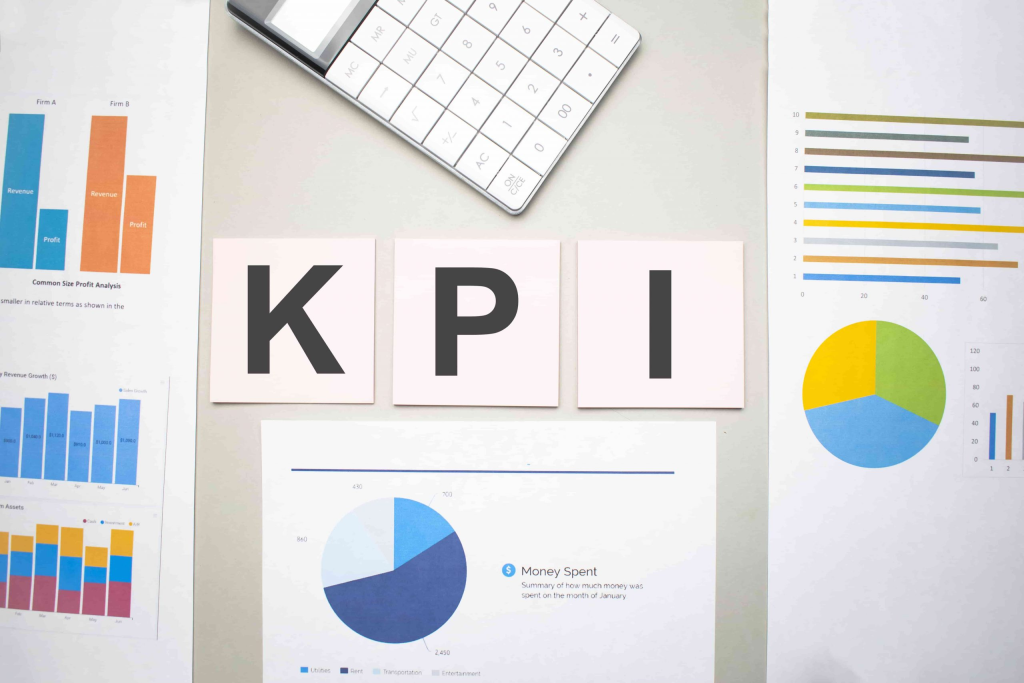Top 5 Logistics Technology Trends to Watch This Year
Logistics technology is at the forefront of transforming how goods move worldwide. Businesses increasingly rely on smart tech to remain competitive, from automation in warehouses to blockchain-enabled transparency. This comprehensive post will explore the top 5 logistics technology trends this year and show how platforms like Postal Parcel leverage these innovations to streamline shipping operations.

1. Automation & Robotics in Warehousing
What’s Happening
Automated storage and retrieval systems (AS/RS), robotic picking arms, and autonomous mobile robots (AMRs) have revolutionized warehouse operations. These systems speed up order fulfillment, reduce labor costs, and improve inventory accuracy.

Why It Matters
Faster throughput: Robots can pick, sort, and palletize items faster and with fewer errors than humans.
Scalability: During peak seasons, scalable automation enables warehouses to handle surges in demand.
Safety: Automation reduces hazardous manual labor and minimizes workplace injuries.
Real‑World Example
Leading 3PL operators and large retailers now routinely use AMRs to ferry items across warehouse floors, reducing cycle times and increasing order accuracy.
2. Internet of Things (IoT) & Real‑Time Tracking
What’s Happening
IoT sensors and connected devices provide real-time visibility into asset locations, shipment conditions, and vehicle performance. Sensors can monitor temperature, humidity, shock, and GPS coordinates.

Why It Matters
Condition-sensitive cargo: Vital for pharmaceuticals, perishables, and high-value electronics.
Improved route efficiency: Fleet managers can reroute vehicles on the fly to avoid traffic or delays.
Asset security: Theft or loss can be flagged immediately when real-time tracking informs operators of anomalies.
Integration Highlight: Postal Parcel
Platforms like Postal Parcel integrate IoT tracking information into their web portal, letting businesses monitor shipments in real-time and proactively address delays or service disruptions.
3. Artificial Intelligence & Machine Learning
What’s Happening
AI and ML tools are being deployed across logistics for demand forecasting, routing optimization, and warehouse labor scheduling.

Why It Matters
Demand forecasting: Predictive analytics help optimize inventory levels and reduce stockouts or overstock.
Dynamic routing: AI-driven route planning improves day-zero delivery windows and cuts fuel consumption.
Labor optimization: Machine learning models predict busy periods and automate shift planning.
Case in Point
With AI, logistics platforms can anticipate when shipments may be delayed based on weather or traffic, and automatically adjust schedules. Users on Postal Parcel get smart notifications to manage expectations before delays escalate.
4. Blockchain for Transparency & Trust
What’s Happening
Blockchain is being used to create tamper-proof records in supply chains. Smart contracts can automate compliance checks, customs clearance, and proof-of-delivery.

Why It Matters
End-to-end visibility: Immutable shipment records build trust among shippers, carriers, and customers.
Reduced fraud: Hash-linked documentation over blockchain prevents tampering with shipping invoices or manifests.
Faster settlements: Smart contracts can trigger payment release once delivery is confirmed.
Example
Companies shipping high-value items like luxury goods or electronics benefit from greater accountability through blockchain tracking. Linking these records to platforms like Postal Parcel further centralizes documentation and makes audit trails accessible.
5. Cloud‑Based & SaaS Logistics Platforms
What’s Happening
Cloud-based Transportation Management Systems (TMS), Warehouse Management Systems (WMS), and broader SaaS solutions are becoming the default for logistics management. Users can access real-time analytics, dashboards, and APIs without heavy hardware investments.

Why It Matters
Flexibility: Businesses can scale usage up or down seasonally.
Collaboration: Cloud solutions enable multi-party collaboration across suppliers, carriers, and customers.
Data-driven decisions: Real-time KPIs and dashboards drive more innovative logistics planning.
Postal Parcel in the Mix
Postal Parcel is a modern SaaS logistics platform that helps businesses, especially e-commerce and SME exporters, consolidate postage rates, shipping labels, and tracking across multiple shipping channels. It integrates cleanly with major e‑commerce platforms and logistics providers, offering:
- A centralized dashboard for shipment creation and tracking
- Automated label and document generation
- Enhanced data visibility, powered by IoT and AI
- Scalable pricing that grows as your shipping volume increases
Why These Trends Matter in 2025
Global supply chains face multiple pressures:
- The need for ultra-fast delivery

- Environmental scrutiny
- Rising customer expectations
- Volatility in transport rates and capacity
The technologies outlined above are not futuristic; they are live, adoptable tools enabling businesses to remain agile, resilient, and customer-centric. From robotic warehousing to blockchain documentation, these innovations warrant attention and investment.
How Businesses Should Adapt
1. Conduct a Digital Audit
Start by understanding your current logistics technology stack. Where are the gaps? Where are you manually operating, and what could be automated?

2. Prioritize ROI-Driven Investments
Focus on high-impact areas:
Fulfillment bottlenecks → Automation
Lack of visibility → IoT + centralized dashboards
Trust issues in supply chain data → Blockchain
3. Choose Integrated Platforms
Opt for solutions that bring multiple technologies together. Postal Parcel, for example, combines cloud-based TMS features with real-time tracking, shipment management, rate comparison, and integration with IoT or AI-enhanced data services.
4. Pilot Before Scaling
Test new technologies in specific geographies, SKUs, or routes before rolling out globally. Use pilot data to prove ROI and business value.
5. Monitor, Analyze, Improve
Once in place, continuously monitor KPIs—delivery time, cost per shipment, first-time accuracy, and customer satisfaction. Feed insights back into planning.

The Postal Parcel Advantage
If your business ships products internationally or domestically, partnering with Postal Parcel can fast-track your logistics tech adoption:
- Unified dashboard: All your carriers, rates, labels, and tracking in one place
- From address to delivery: Full shipment lifecycle tracking using IoT and AI
- Intelligent automation: Auto-select best rates, print labels, send notifications
- Scale without complexity: Cloud-based plan with no hardware overhead
You’ll stay well ahead in the fast-paced logistics environment by integrating the above logistics trends into your strategy and using tools like Postal Parcel as a foundational platform.
Conclusion
This year’s top five logistics technology trends—automation & robotics, IoT & tracking, AI-powered analytics, blockchain for transparency, and cloud/SaaS platforms—are actively reshaping how goods move and how businesses operate. To remain competitive, firms must evaluate and adopt these technologies strategically.
Platforms like Postal Parcel demonstrate how these technologies can be woven into your logistics workflow in simple, scalable ways. As you plan your logistics tech roadmap, consider piloting automation, tracking, smart documentation, and cloud TMS tools while centralizing operations with Postal Parcel to build a future-ready, resilient supply chain.
Industry Insights
news via inbox
Nulla turp dis cursus. Integer liberos euismod pretium faucibua








